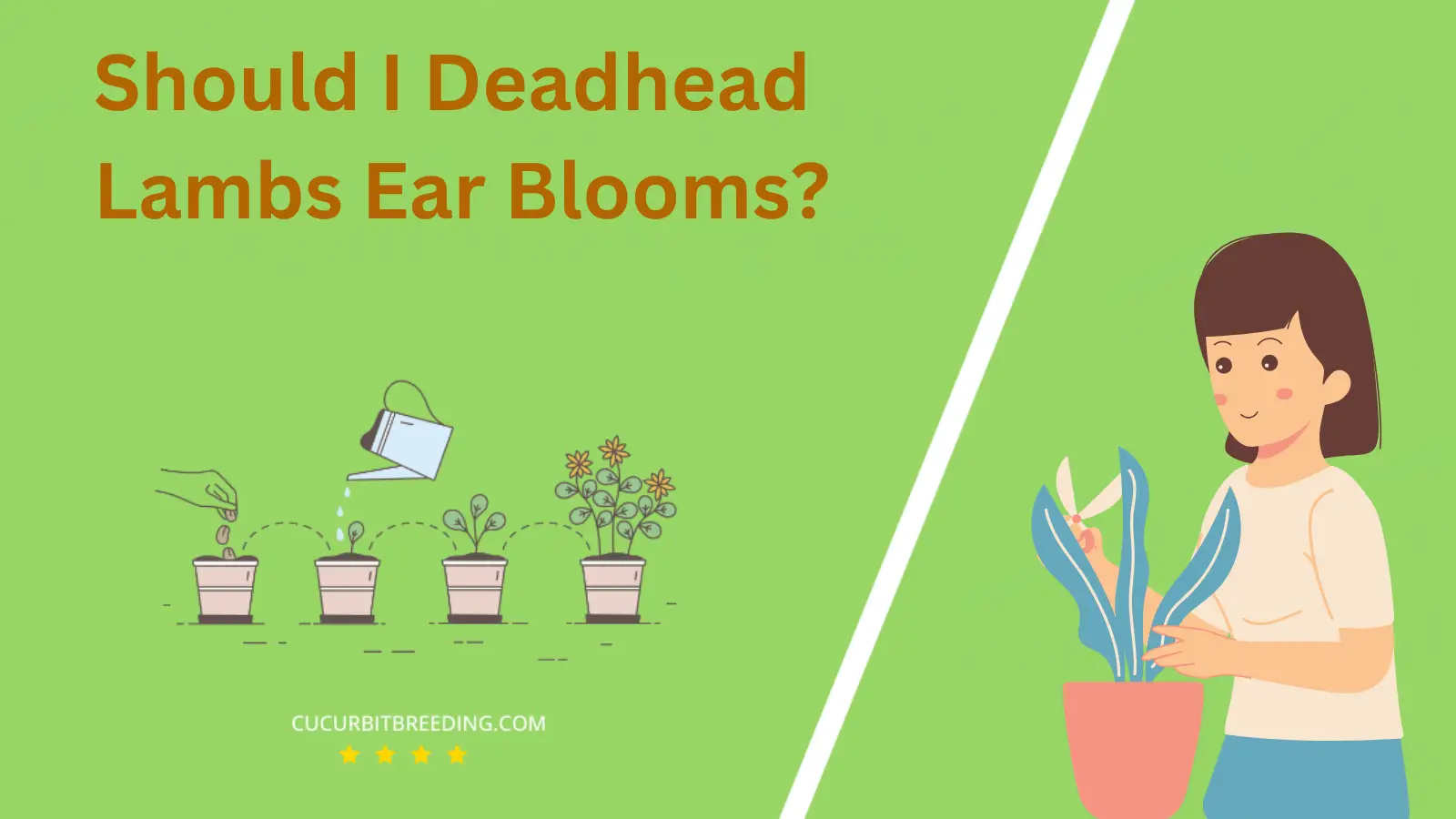
Are you curious about when does Lambs Ear bloom? This unique plant, known for its velvety, soft foliage, is a gardener’s delight. Its silver-green leaves and stunning flowers make it a standout.
But understanding its blooming cycle can be a bit tricky. Let’s explore the fascinating world of Lambs Ear and its blooming period without giving everything away just yet.
When Does Lambs Ear Bloom?
Lamb’s Ear, scientifically known as Stachys byzantina, typically blooms during the late spring to early summer, which is around May to July. These spikes of light purple to pinkish flowers attract pollinators and add to the visual appeal of the plant. However, the specific bloom time can vary based on the climate and growing conditions.
| Stage | Description |
|---|---|
| Germination | Spring (March-May) |
| Growth | Spring (March to May) |
| Blooming | Summer (June-August) |
| Dormancy | Winter (December-February) |
How Long Do Lambs Ear Bloom?
Generally, the Lambs Ear plant blooms during the late spring to early summer, which typically corresponds to May through July. However, the exact blooming period can vary depending on the climate and growing conditions. Once it starts to bloom, the Lambs Ear plant can continue to flower for several weeks.
How Light Affects Lambs Ear Blooms?
Lamb’s ear, scientifically known as Stachys byzantina, is a plant species that requires adequate sunlight to bloom properly. Light plays a significant role in promoting the growth and bloom of lamb’s ear.
Specifically, lamb’s ear plants thrive best in full sun to partial shade. While they can survive in shady conditions, they may not bloom as profusely. Optimal light conditions contribute to the plant’s health and flower production.
Exposure to at least six hours of sunlight per day is recommended for the best blooming results. Without enough light, the plant’s growth can be stunted and the number of blooms reduced.
Will Lambs Ear Bloom the First Year You Plant It?
Yes, Lamb’s Ear is capable of blooming during the first year of planting. However, this is largely dependent on the conditions of its environment. Optimal growth conditions, including plenty of sunlight, well-drained soil, and adequate watering, can enhance its chances of blooming in the first year.
Will Lambs Ear Bloom Every Year?
Yes, Lambs Ear, a perennial plant, does bloom every year. During late spring or early summer, it produces flower spikes with small, purplish-pink flowers. However, it’s worth noting that the plant is primarily grown for its silvery, fuzzy foliage rather than its blooms.

Should I Deadhead Lambs Ear Blooms?
Yes, you should deadhead Lambs Ear blooms. Deadheading, or removing spent flowers, encourages the plant to produce more blooms. It also prevents the plant from putting energy into seed production, which can lead to a more robust and healthier plant. Remember to use a sharp, clean pair of shears or scissors to make clean cuts without causing unnecessary damage to the plant.
Top Reasons a Mature Lamb’s Ear May Stop Flowering

The primary reasons a mature Lamb’s Ear may stop flowering include improper watering, insufficient sunlight, lack of pruning, and poor soil conditions. Improper watering, either too much or too little, can lead to root rot or dehydration, both of which can inhibit blooming.
Insufficient sunlight is another common cause. Lamb’s Ear plants require full sun to partial shade to bloom healthily. If the plant is in a shaded area or not receiving enough daylight, it may fail to produce flowers.
Furthermore, lack of pruning can affect the blooming. Deadheading spent flowers and trimming back the plant in early spring promotes new growth and flowering.
Lastly, poor soil conditions, particularly soil that is not well-draining or lacking in essential nutrients, can also prevent a Lamb’s Ear from flowering. Amending the soil with organic matter and ensuring proper drainage can help rectify this issue.